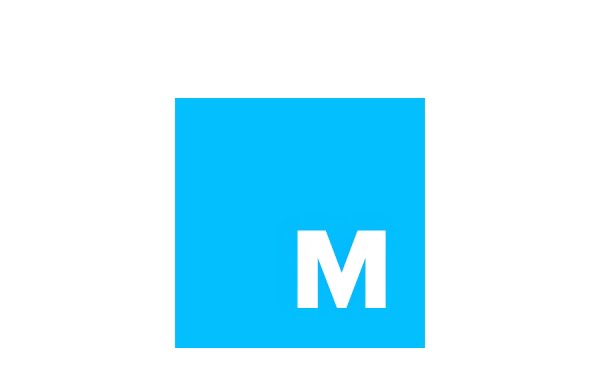
We’ve all heard of huge investments and acquisitions in the world of tech startups.
Last year alone saw Yahoo’s $1 billion acquisition of publishing platform Tumblr. And there was also news of accounting software company Xero raising $150 million in capital for further expansion.
In fact, we even saw some failed attempts like Facebook’s two unsuccessful attempts to acquire photo sharing app Snapchat. (Perhaps they wouldn’t have been so eager had they known something like this was brewing.)
Anyway, many small business owners online don’t happen to be developing the next great iPhone app. Instead, a blog or other website with unique niche news or other content is more likely to be their product.
And though big investments and acquisitions in the world of independent news brands may be somewhat unsung, it turns out they are no less prevalent.
Business Insider, Huff Po Show News Brand Value
In fact, big investments and acquisitions in the world of independent news brands is kind of old news. Remember when Amazon CEO Jeff Brazos’ personal investment firm Brazos Explorations led a $5 million round of funding for Business Insider last year?
It turns out as recently as late 2013, AOL had offered to pay between $100 and $150 million for the business news site. But talks eventually broke down over price, Fox News reports.
And, of course, most memorable of all might be AOL’s other big news acquisition. In 2011, the online media giant acquired the Huffington Post for what then seemed a hefty $315 million.
Though AOL’s other investments, most notably its group of local news sites known collectively as Patch, have not fared nearly as well.
Lessons to Take From Mashable Success
So it should be no surprise to learn that Mashable has raised $13 million in private equity funding — even if its the first funding the news site has received in its near decade of existence.
CNN News says investors include Updata Partners, New Markets Venture Partners, Social Starts, Buddy Media Co-Founders Michael and Kass Lazerow, Iglo Group Chief Executive Elio Leoni Sceti, and Havas global CEO David Jones.
There are some simple lessons other independent news brands can take from Mashable’s success:
News Sites Can Wait Longer for Investment
Mashable CEO Pete Cashmore founded the company at age 19 as a blog he ran from his home in Aberdeen, Scotland. From there it has survived and thrived into a news site that now claims to receive 30 million unique visitors per month.
With the digital publishing tools available now, independent news publishers need little more than unique content to start them out. So money for expansion can wait until later.
Growth Comes From Broadening and Deepening Coverage
Mashable started as a blog about technology and matured into a news site dedicated to the social media space. But since then, its coverage has expanded to include business, entertainment and other subjects. While early coverage was largely regurgitation of material already on the Web, the company continues to do more original reporting.
Hiring additional editorial talent like Jim Roberts, a veteran of both The New York Times and Reuters, shows a commitment to more of the same.
Technology is Used to Improve Experience
Certainly most online publishers can start today with very little investment using available tools. But that doesn’t mean independent news sites should ignore investing in new tech solutions.
At a social media summit, Cashmore observed that the greatest challenge faced by online publishers was lack of control over reader experience. (Is your reader coming to your site using an iPad or Kindle tablet? What difference does this make in his or her experience?) To address the issue, Mashable has built products like its Google Glass app. The company also has a special products division aimed at creating technology to help readers consume its content in a variety of ways.
See the video of Cashmore and Mashable CEO, Robyn Peterson, at Internet Week New York 2013:
Bottom line: Mashable shows independent news brands may require a more gradual, long-term growth plan than some other tech businesses, but investments are low to start and rewards can be significant.
Image: Mashable
[“source-smallbiztrends”]




